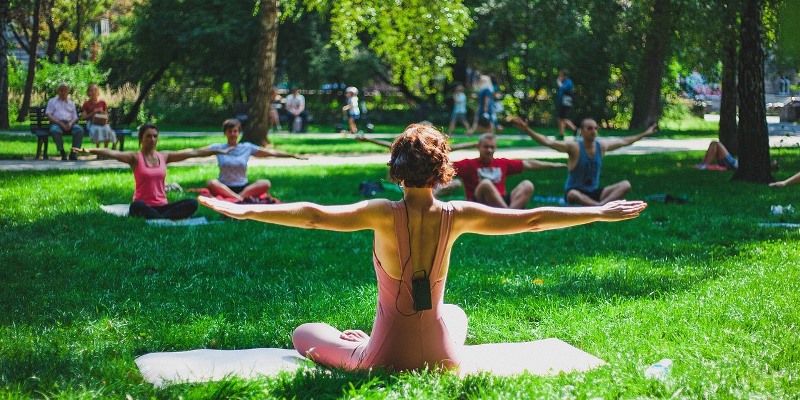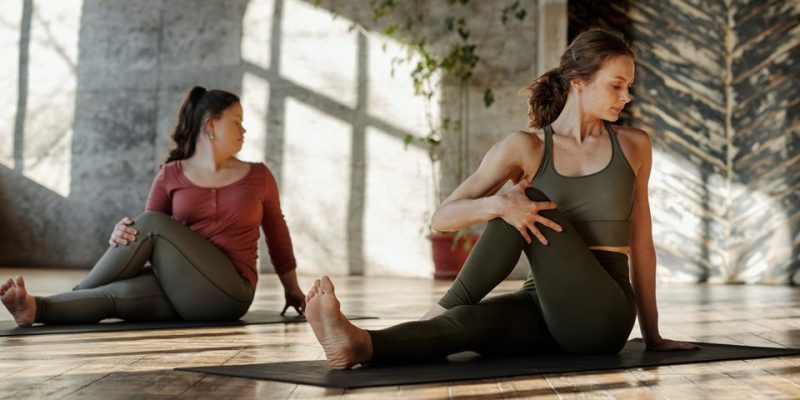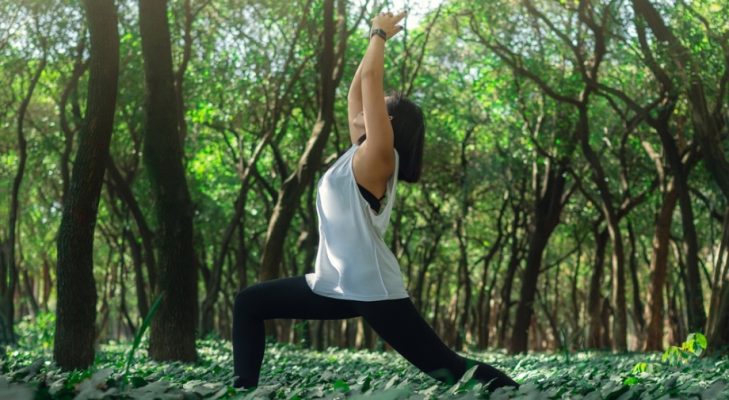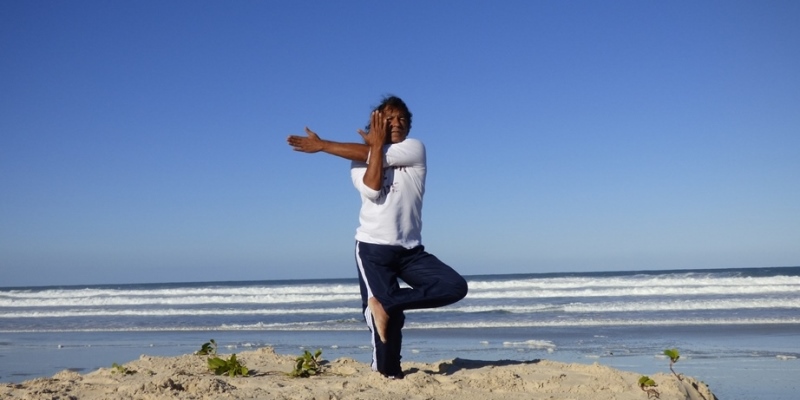
When we think about psychical exercise we usually associate it with jogging, running, biking, sports, and the fitness academy or gym, that is, with a planned, structured, and repetitive activity which has as its goal the improvement or maintenance of physical fitness and health.
However, in a more general sense any physical activity counts as physical exercise. It means that physical exercise can also be a part of our work, our leisure time, gardening, going from place A to B, or household tasks. As it is, every time we move our bodies, we engage in physical exercise.
It’s common to categorize physical exercise into three types of exercises: aerobic exercise, anaerobic exercise, and flexibility exercise. This categorization is based on the differences in overall effect they have on the body. We’ll discuss these distinctions here further below.
Aerobic Exercise
For health and wellbeing, the World Health Organization (WHO) recommends “at least 150 to 300 minutes of moderate aerobic activity per week (or the equivalent vigorous activity) for all adults, and an average of 60 minutes of moderate aerobic physical activity per day for children and adolescents.”

Now, aerobic exercise — also known as endurance activities, cardio, cardiovascular, or cardio-respiratory exercise — is physical exercise that depends chiefly on the aerobic energy-generating process.
“Aerobic” is defined as “relating to, involving, or requiring oxygen,” and refers to the use of a continuous supply of oxygen to meet energy demands during exercise, that is, to uninterruptedly create energy by using oxygen to break down carbohydrates and fat (and sometimes proteins) that are present in our body.
Aerobic exercise is performed by repeating sequences of light-to-moderate intensity activities for extended periods of time. Examples of aerobic exercise are medium to long-distance running or jogging, swimming, dancing, kayaking, cycling (biking), and walking.
The typical aims of aerobic exercise are to increase cardiovascular endurance and health, although it certainly has many other benefits, including increased lung capacity, better weight management, increased mental health, muscle development and toning, and so on.
Anaerobic Exercise
Apart from aerobic exercises, physical exercise also includes anaerobic exercises, which are defined as activities of short length, fast, and with high intensity, such as weightlifting, jumping, squats, push-ups, circuit training, and sprinting.
Anaerobic exercises in a lesser degree rely on a continuous supply of oxygen as an energy generating asset, but also and rather on the energy (typically glucose) already stored in the muscles basically without using oxygen.
The typical aims of anaerobic exercise include developing and strengthening muscles, but also improving bone strength, balance, and coordination.
Aerobic and Anaerobic Activity
Although aerobic and anaerobic exercises each have their own definition and function, one needs to keep in mind that many types of physical exercises include (or can include) both aerobic and anaerobic activities.
For instance, cycling in a relaxed manner on an even terrain is aerobic in nature, but when you encounter a hill on the road you’d probably engage in an anaerobic activity by changing your rhythm into short, fast, and high-intensity cycling to be able to climb that hill (to afterwards return to an aerobic cycling rhythm once you’ve crossed the hill).
Flexibility Exercise
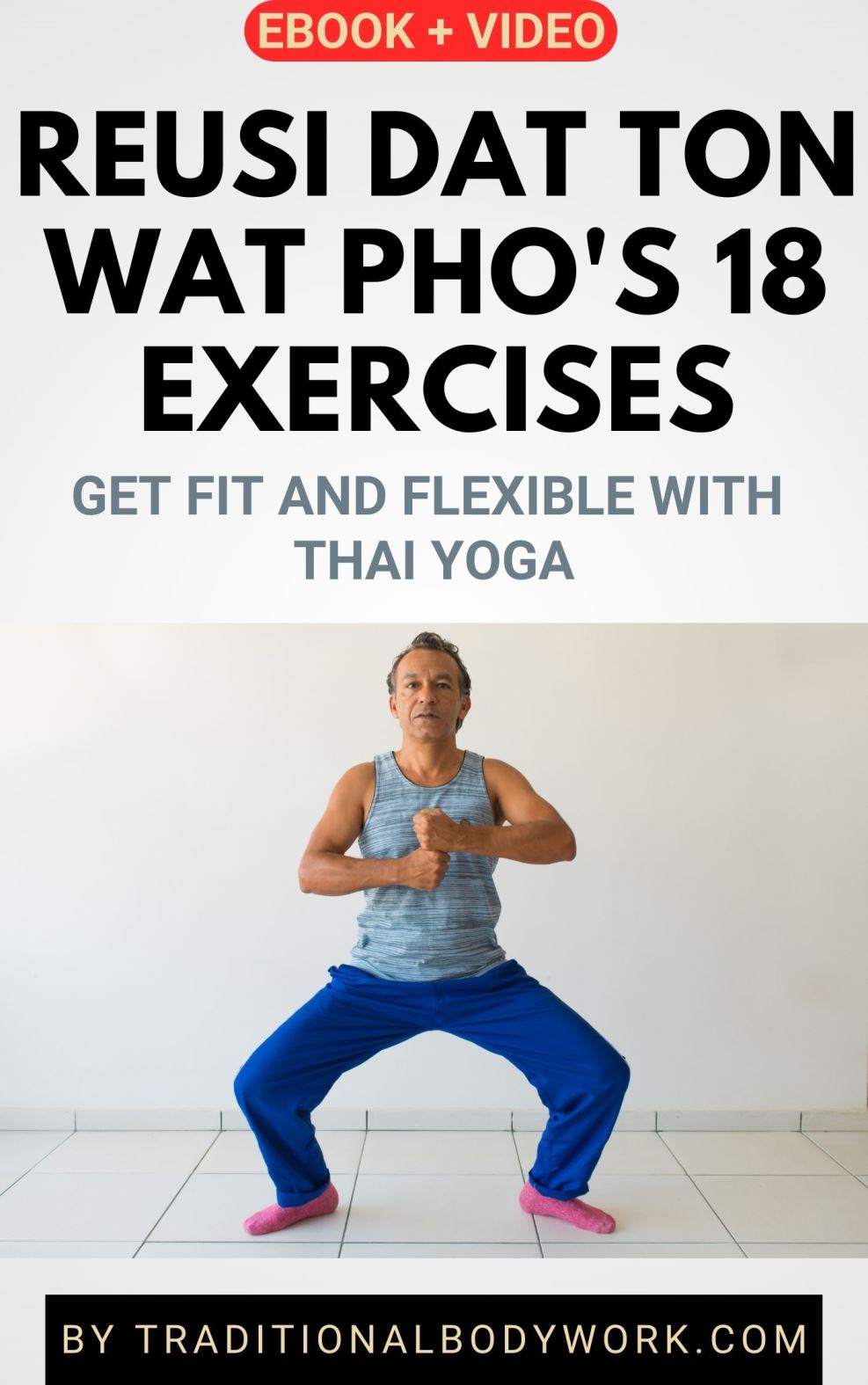
Flexibility exercises are physical exercises that primarily stretch and lengthen the muscles, but also the fascia, tendons, ligaments, and even joint capsules.
The aims of engaging in flexibility exercise include increasing joint flexibility, keeping muscles and other bodily tissues supple and flexible, and improving one’s range of motion.
The above makes that we can reduce the risk of injuries but it likewise enable us to make the most of our other physical exercise activities.
Some of the typical examples of flexibility exercises are Yoga, Tai Chi Chuan, and a broad range of targeted stretching exercises such as those for the hamstrings (back thigh muscles), quadriceps (front thigh muscles), the back, neck, and so on.







